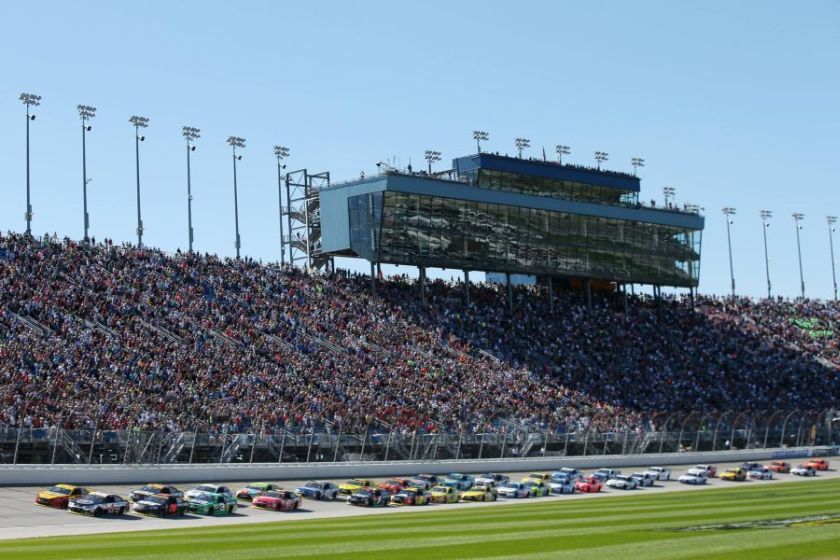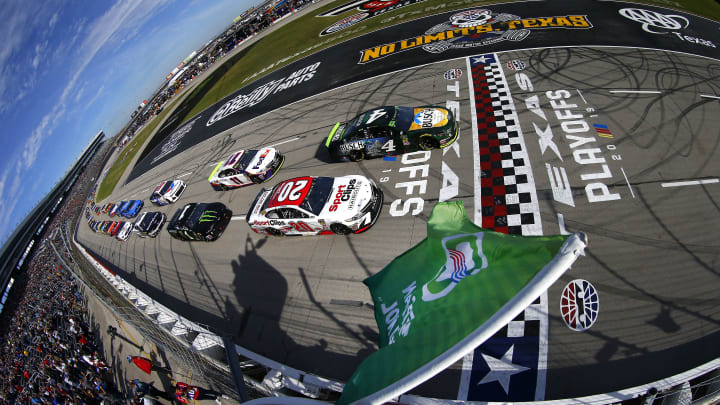
Racing cars with different sounds is a great option if your favorite type of music is racing music. You can find a variety of sounds in race cars, from vintage toddies to classics. You can find them in many types of races, including Formula 1, Dragsters, and Vintage. This article focuses on the most popular sounds made from racing cars. These sounds are easy to learn and can be added into your audiobook collection. You can also listen to races from any genre to hear what your favorite race car sounds like.
Formula 1
Formula One racecars are some of most powerful and fastest cars on the planet. However they are also well-known for their excessive noise levels. Some race tracks have even banned Formula 1 cars due to their excessive noise levels. Formula 1 cars have no sound mufflers. They would be less efficient and more noisy if they had mufflers.
Modern Formula 1 engines make a distinctive whistling sound, even though they are quieter than previous generations. This sound was not present in the older V8 engines. However, it was introduced with the 2014 introductions of V6 turbo-hybrid engines. Many people like to compare the whistling sound of Formula E cars and spaceships. The sound produced by these cars is simply a result of the combustion engine.

Vintage race cars
The Vintage Race Cars and Formula 1 Sound effects are great for soundtracks for movies, music videos, and games. This pack of 106 sounds includes sounds from Sound Ideas Sound Effects, Hollywood Edge, and other collections. The sounds include background music as well as race day action. It also includes sounds from the engines, brakes, and tires, as well as the ferocious passes and hairpin turns of classic race cars.
This collection contains sounds from vintage and classic cars. You can download royalty-free sound effects for cars like Citroen 2CV, Hispano-Suiza. You can also download vintage sounds to antique sports cars such as Porsches or Ferraris. You can also search for specific sound effects from the Internet. Google can help you find many of these sounds by searching for "vintage car sound effects".
Dragsters
Top Fuel's dragster is very loud. It can generate 150 decibels at full throttle. This loud sound can cause people to feel pain and even damage their hearing. The pounding vibrations of the engine are so powerful that people have compared the experience to watching a bomb explode on a drag strip. Race announcers will often advise spectators to use earplugs or other protective gear.
Dragsters come with high-performance exhaust systems. The exhausts from the open headers of the dragsters produce up to 900 pounds-force and four to five kN of downforce. At speeds up to 330 mph, an enormous airfoil behind the rear tires creates up 12,000 lbs of downforce. This is a significant increase in downforce. The dragsters are a sight to behold.

Indy Lights
The Indy Lights race series is the first step towards the IndyCar Series. This series has been in existence ever since 1986. In its early days, it was known as American Racing Series. From 1986 to 1992, the series used a March85B chassis. The Lola was adopted in 1992. The series used Buick V6 engines with around 420 hp throughout its existence. Firestone sponsored the series, making it more affordable and more popular than ever.
The series is held three times a year at Indianapolis Motor Speedway. Its main event is the Freedom 100. From 2005 to 2007, Liberty Challenge, a non indy car racing event, was hosted by the series. Low grid numbers and the COVID-19 epidemic have caused the cancellation of the 2020, 2021 and 2021 seasons. However, the 2021 season was canceled due to the epidemic of COVID 19. The epidemic of COVID 19 caused the cancellation of the 2021 season. Kyle Kirkwood, an Andretti Autosport driver, won the series championship and the first Road to Indy team title in twenty21.
FAQ
Are there rules about how a racecar should look?
No. No.
However, they must meet certain safety requirements.
How many people are involved in the making of a racecar.
Most race car manufacturers employ many workers.
They produce parts like wheels, tires and suspension systems, as well as body panels and engine components.
What's the length of a race?
Different races have different lengths.
There are endurance races that last several days.
Other races, such as sprints, are shorter.
Statistics
- According to AutoSport, IndyCar's top speeds are 380km/h or 236 mph. (motorbiscuit.com)
- Forget the 200-mph battles of the late 1980s; no one, not even McLaren itself, predicted the inimitable F1 would go as fast as it did. (motortrend.com)
- This change may give an improvement of up to 29% fuel efficiency. (en.wikipedia.org)
- According to thepostgame.com, “The Daytona 500 is one of four ‘restrictor plate' races on NASCAR's calendar, given both safety and competitive concerns for the long track and its famous 31-degree banking in its four corners.” (defensivedriving.com)
- In 2013 Ferrari had an estimated team budget of $470 million, while elite IndyCar teams have an estimated annual budget of $15 million, according to FormulaMoney. (businessinsider.com)
External Links
How To
How to get around corners quickly
You want to make your car move faster during a race. This means you have to turn before anyone else turns. Doing this correctly will cause everyone to brake, as they won't know what is ahead. You will also avoid being in an accident with cars coming from all directions. So how do you corner fast?
First, understand where you are going. If you don’t know the direction you are heading, you will probably end up somewhere totally unexpected. This is why it's important to plan well. To see where you are going at any particular moment, make a map. It might seem like a lot of work, but if you've got a good idea of where you're trying to go, it will save you lots of headaches later.
Next, you should figure out when you're going to start turning. It's best to begin after passing the first corner. Once you've passed the first corner, you'll know exactly where you're starting from. Now you just need to decide whether you'll use the inside lane or the outside lane.
If you intend to take the inside lanes, it's best to wait until there are no cars in front of your. This will allow you to move fast and avoid hitting anyone. However, once you get into the inside lane you must remain there. Don't allow yourself to drift into the other lane. If you do so, you may hit someone moving slowly. You should also keep in mind that crossing the line dividing both lanes could cause your vehicle to lose control and make you vulnerable to crashes.
Once you've decided which lane you're going to use, you need to pick a spot to turn. There are many ways to approach this problem. Some people prefer to find a gap in the traffic. Others will look for a clear opening on the road. Others look for the point where the road curves around hills or mountains. You need to ensure that you don't block the entire road, regardless of what you do. You'll cause traffic jams throughout the town if this happens.
After you've picked a spot to turn, you need to decide whether you'll be making a sharp left or a gradual curve. A sharper turn can be more challenging than a slow one. But it is more difficult and requires more energy. Additionally, it can be more difficult to drive your car properly. For these reasons, most drivers prefer to make gradual turns.
You need to accelerate quickly enough to make it possible to escape the car in front. Accelerating too early will cause you to crash into its bumper. And accelerating too late will cause you to run off the road. In either case, you'll lose control of your car and crash. This is why you should accelerate slowly. Begin with very low acceleration and gradually increase it as you approach the edge of the road.
Once you're done cornering, slow down immediately. This is especially important if you are driving in heavy traffic. If you don't, you risk hitting someone.